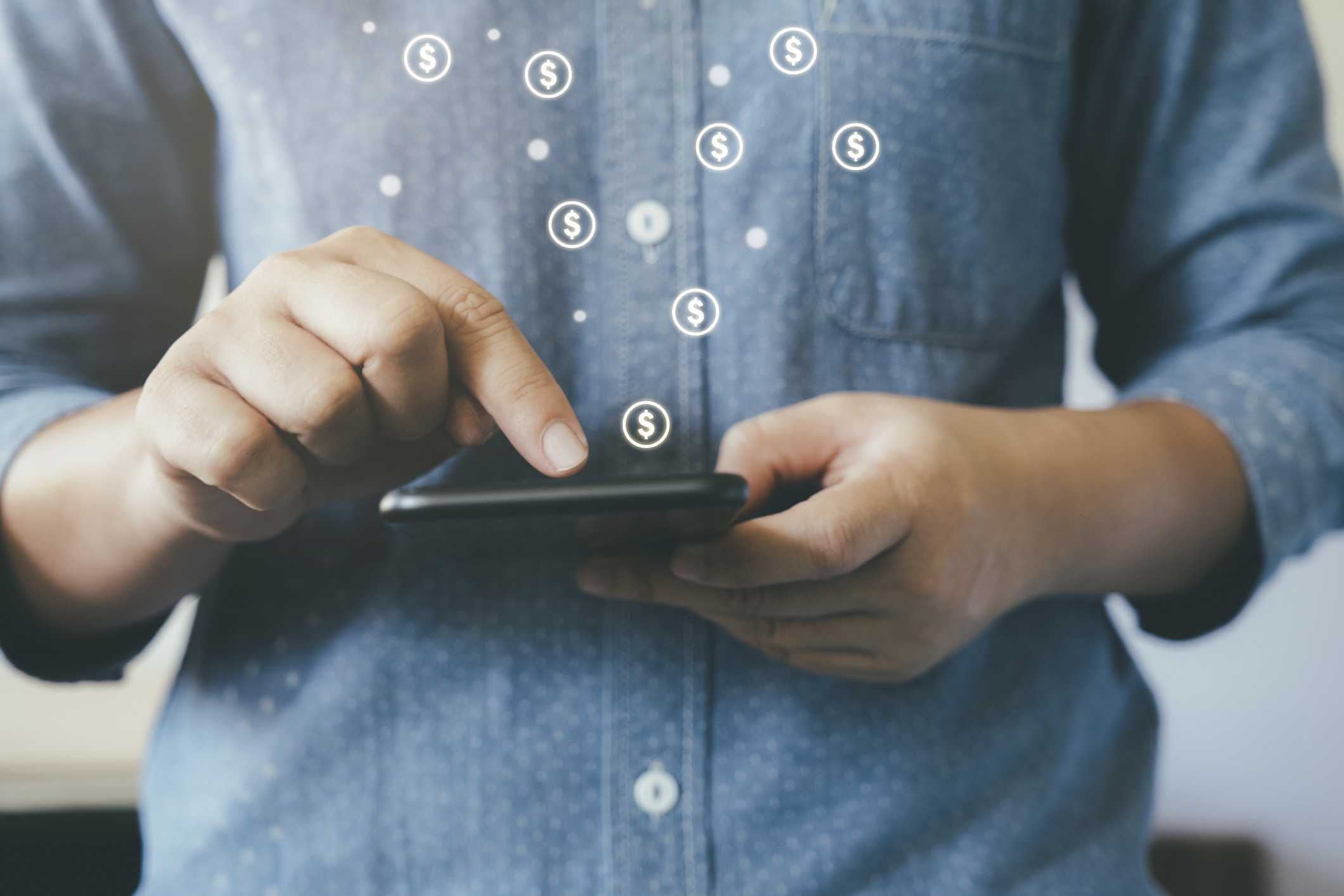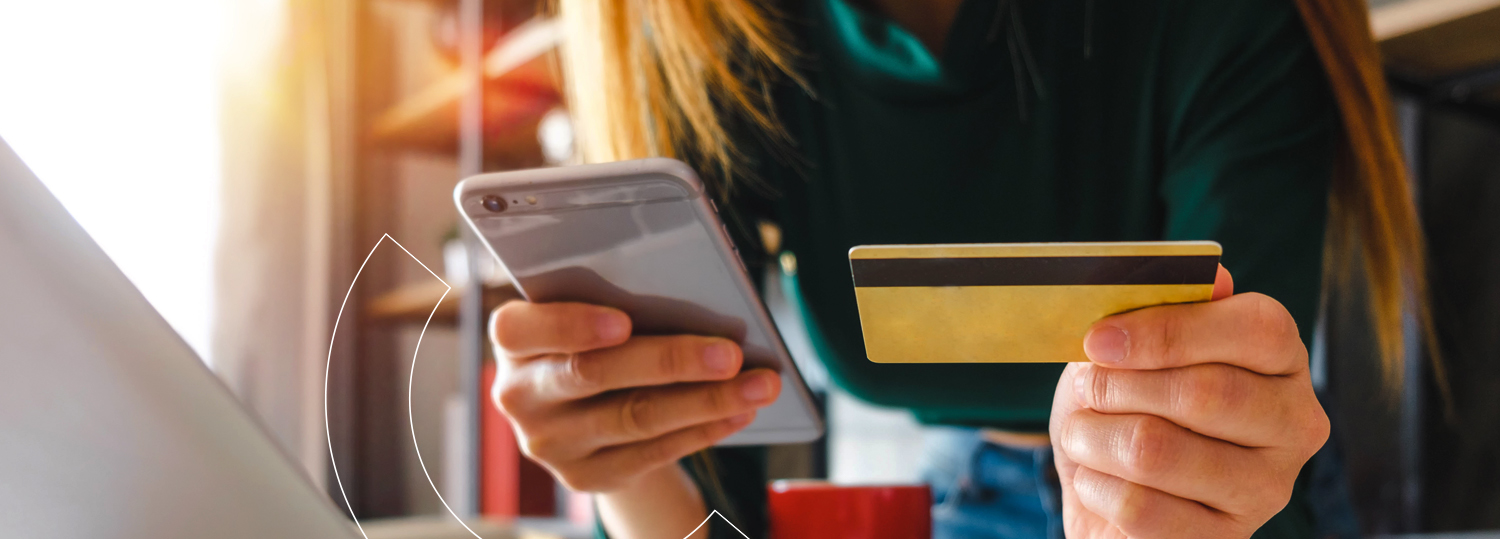PIX is the latest attempt by the Brazilian Central Bank to make Brazil’s payment ecosystem faster, fairer and more open. BoaCompra has explored in previous blogs how it works, and why it is better for consumers and e-commerce merchants (and why BoaCompra will shortly be adding it to the list of payment options for customers operating in Brazil).
This blog will be diving into the details of PIX. It will explore what a PIX key is, how to generate one, and what the impact of PIX is likely to be in the coming years.
So what are PIX keys?
When a user registers an account with the BCB to use PIX, a nickname or token needs to be selected to identify the PIX account with. This cuts out the amount of manual work currently needed to fill in all of the user’s bank account details. It is worth noting that PIX keys are not mandatory for using the PIX system, but they do streamline the process.
Your PIX key can be one of four different identifiers:
- CPF or CNPJ – This is a user’s tax identification number
- Email address
- Cell phone number
- Random key – a computer generated string of numbers that identifies the user’s PIX account
Using a PIX key
Whether a user is paying online, or requesting funds, PIX keys work in the same way. Once a user has registered their account with the BCB, and has chosen a PIX key, this is all the user will need to pay by PIX.
Having chosen PIX at the checkout, the customer simply fills in their name, and their PIX key (say their tax identifier) and PIX will match this to their account details. The payment is then processed instantly.
For the merchant the story is similar. If a merchant decides to generate QR codes to automate payments at the checkout, the PIX key will be coded into the QR code. It does not matter if the QR code is static (this only contains a PIX key, not the amount to be paid) or dynamic (includes payment amount too). When the QR code is scanned by the customer, their phone automatically reads the merchant’s PIX code, and identifies the correct account for the transfer.
Alternatively, payments can be made by sharing your PIX code directly with customers. The customer then simply has to copy and paste your code into the PIX portal, to identify your account and complete the payment. Simple!
So how big is PIX going to be?
Understandably, such a simple (and easy to integrate) payment method is likely to be popular. Instant payments are already hugely popular in other countries. In Australia, where they were introduced in 2019, 10% of the population already use the solution. Thats 3 million people. In Brazil, that equates to 20 million people.
The effect of Covid-19 and an increasing drive to online shopping is also likely to play a hand. According to experts from Accenture, withdrawals from ATMs have dropped by 10% during the pandemic even as queues formed to receive emergency aid from the government. Alongside this, contactless NFC payments increased 456% reaching transactions totalling BRL 3.9 billion. Clearly, the market is ready for innovation.
Conclusion
While it is difficult to estimate a clear figure for PIX usage, all the signs point to success. The system has been well designed, with a focus on efficiency and speed. Its delivery and ownership by the Central Bank make it open to anyone with a bank account. With a drive to increasing online sales, PIX is a good alternative for fast online transactions. Better for both consumer and merchant, it is the next step in online payments.





